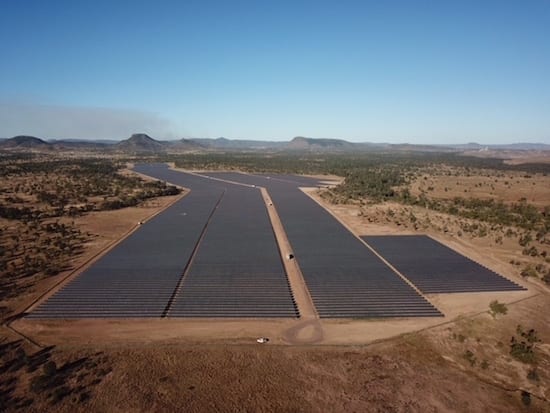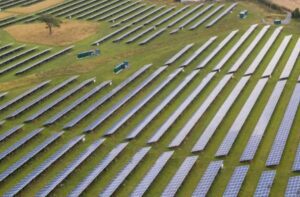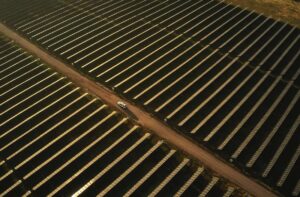The roll-out of large-scale solar power in Queensland – and the continuing rapid uptake of rooftop solar by homes and businesses – is starting to have an impact on electricity prices in the state, even sending them into negative territory in the middle of the day.
Last Tuesday, June 19, wholesale electricity prices in the state dipped below zero -– an extremely rare occurrence, but one that might be expected to become increasingly common in coming years.
According to Paul McArdle at Watt Clarity, the (5 minute) dispatch price fell below zero on a number of occasions, highlighting the change in the shape of the energy market with the introduction of solar. According to his data, the prices went negative on five different occasions.
During this time, around 20 per cent of Queensland’s electricity supply came from solar – some 128MW of large-scale solar, and nearly 10 times that much (1270MW) from rooftop solar.
The fall into negative prices is because demand is low – there is no air conditioning required – and the Queensland government has riding instructions on its main government-owned generators to keep running, to ensure prices stay low. They probably weren’t thinking about them being this low.
“You will see this happening more and more,” McArdle says, noting that the shape of the energy load has changed from a two-humped camel (loads in morning and evening), to what is commonly required as the duck curve.
This will become more evident, and the incidence of negative pricing events is expected to increase dramatically, in coming months and years as yet more solar – both rooftop and large-scale – is added to the grid.
Queensland has barely scratched the surface of its new developments. Solar farms at Longreach (15MW), Sun Metals (124MW) , and Clare (100MW) have joined the grid in recent weeks, although they are still not operating at anywhere near full capacity.

Kidston remains the largest in terms of output, and is nearly at its full 50MW capacity, but it will soon be joined by the Hamilton and Whitsunday solar farms, both 57.5MW, and the 110MW Darling Downs solar farm.
They will then be followed by another dozen projects, including the Emerald, Collinsville, Daydream, Hayman and Ross River solar farms, among others – all bigger than Kidston.
On top of this, rooftop solar continues to increase at a rate of around 30MW a month, with households and increasingly, small and medium-sized businesses putting solar on the roof to offset high electricity prices.
There is already more than 2,100MW of rooftop solar in Queensland, and this will likely be matched by the capacity of large-scale solar over the next 12 months as new projects are finished and start production.
The arrival of negative pricing in the middle of the day is causing more developers of large-scale solar farms to consider adding battery storage, and in some cases to combine with wind to ensure a more consistent output, and to store excess output when the price falls.
Several world-leading projects have begun, or are in planning and finance stages, including Windlab’s Kennedy energy park (wind, solar and batteries) and Genex Power’s Kidston (solar, pumped hydro and wind).
French developer Neoen, the owner and operator of the Tesla big battery in South Australia, is proposing a renewable energy hub at Kaban near Cairns (wind and batteries), and solar and storage in the Western Downs renewable energy hub.
Others are looking at adding battery storage, both to play the arbitrage market (buying low and selling high), time shifting the output to the evening peaks, or to add to grid security with services such as frequency control.
It should be noted that negative pricing events are not unique to renewables. It happens when there is too much supply and not enough demand, and generators prefer to stay online rather than switch off. It can happen in instances of network constraints as well.
States relying on coal-fired generation can experience them, because coal does not like to be switched off at night. It is one of the reasons most states put electric hot water units “off-peak”, or in the middle of the night – to give inflexible coal something to power overnight.
Now there are calls, and moves, to switch that electric hot water heating back into the middle of the day, to act as a “solar sponge.”
Note: Check out the “Large Scale Solar Lookout” for details of solar projects built, under construction, financed and in the pipeline.









